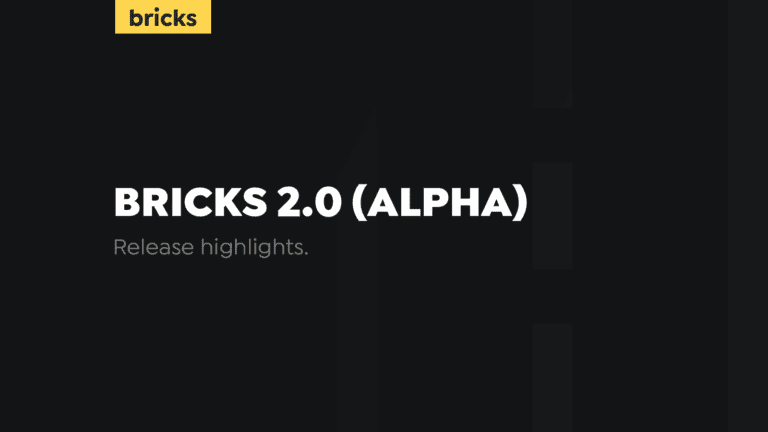Are you feeling overwhelmed by all of WordPress’s technical jargon?
If so, you’re not alone.
For small business owners new to blogging or website creation, navigating the tech talk can be complicated and confusing.
To help make it easier, we’ve put together this simple guide that explains some of the more common WordPress terms in plain English – no confusion required!
Let’s dive into a few common WordPress parts you’ve likely heard of but may not understand.
Theme
A WordPress theme is a collection of files used to modify the look and functionality of a WordPress website. Themes are what give your website its design and overall style.
Many themes are free, while more advanced themes can be purchased from various online stores.
Customizing WordPress Themes for Your Website
A WordPress Dashboard is the primary interface used to manage a WordPress website. The dashboard provides all the tools and settings needed to customize your blog.
It is also used to publish content, moderate comments, and check website stats.
Post
A post is a type of content published on a wordpress website.
Posts can be text, images, audio, video, or any other type of content.
Posts are what WordPress was initially built around. Since its primary purpose was built for blogging and journal-style website publishing.
Page
A wordpress page is similar to a post, but it is more permanent and typically doesn’t appear in RSS feeds. Pages are used for content such as contact forms, about pages, or other static information that isn’t updated often.
Widgets
A WordPress widget is a small block that can be added to a WordPress site’s sidebar or other widget-ready areas.
Widgets contain pieces of functionality that you can add to your blog without having to know any code. Examples include social media links, search boxes, and calendar widgets.
Plugins
A WordPress plugin is a piece of software containing a group of functions that can be added to an existing WordPress website.
Plugins allow users to extend the functionality of their website beyond the available default features.
Category
A wordpress category is a way of organizing and grouping related posts together. Categories allow users to easily find specific types of content on a wordpress website.
Tag
A wordpress tag is a keyword attached to a post that can be used to describe its content. Tags help create an easy-to-navigate site structure and find related posts.
RSS Feed
An RSS feed is an XML file that contains all the latest posts from a wordpress website. Other websites and programs use RSS feed to access content from wordpress sites.
Permalink
Permalinks are the permanent URLs that link to specific posts or pages on a wordpress website. They usually contain the post title, date, and category. Permalinks can be customized to make them more readable and SEO friendly.
Comment
A wordpress comment is a feedback left by visitors on posts or pages. Comments can be moderated and edited before they are published on the website.
User
A user has been granted access to a wordpress website with specific permissions based on their role (e.g., administrator, editor, author).
Users can log into wordpress and manage their content or edit other users’ posts.
Plugins can also utilize users in WordPress by using permissions to control access to content. Some examples include member-only paywalls, courses, etc.
Sidebar
A sidebar is an area of the wordpress theme that contains widgets and other elements such as menus, search boxes, and social media links. Sidebars are usually located on the right or left side of a web page but can be customized to appear anywhere on the page.
Taxonomy
Taxonomies are used to organize wordpress content into groups and categories. The most common taxonomy type is categories, which allow wordpress users to group related posts for more straightforward navigation.
Other types of taxonomies include tags, formats, and post types.
Shortcode
Shortcodes are small snippets of code that can be inserted into wordpress posts or pages to display dynamic content. Shortcodes are great for adding custom features such as forms, buttons, and galleries without writing code.
Customizer
A wordpress customizer is a tool to customize themes by changing settings and previewing changes in real-time. The wordpress customizer allows users to easily adjust colors, fonts, layouts, and other settings without editing code.
Editor
The wordpress editor is used to create and edit wordpress posts and pages. The wordpress editor provides an easy-to-use interface for writing, formatting, and previewing content.
Conclusion
See, that wasn’t so bad, was it?
In future posts, I’ll explore more features of the platform.
But in the meantime, if you have any questions or want us to discuss a specific topic in more detail, let us know. I’d love to hear from you, and I’m always happy to help however I can.
